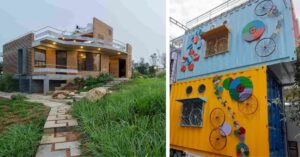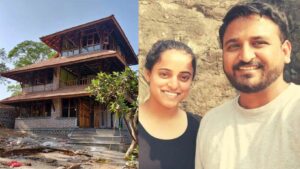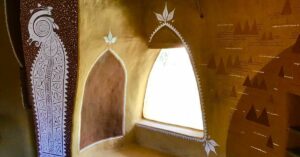This Eco-Friendly Mud House is a Stunning Ode to Tamil Nadu’s Nalukettu Architecture
Looking for ideas to build an ecofriendly mud house? Karai weekend home near Chennai uses mud and reclaimed wood to fuse modernity with Tamil Nadu's Nalukettu architecture.
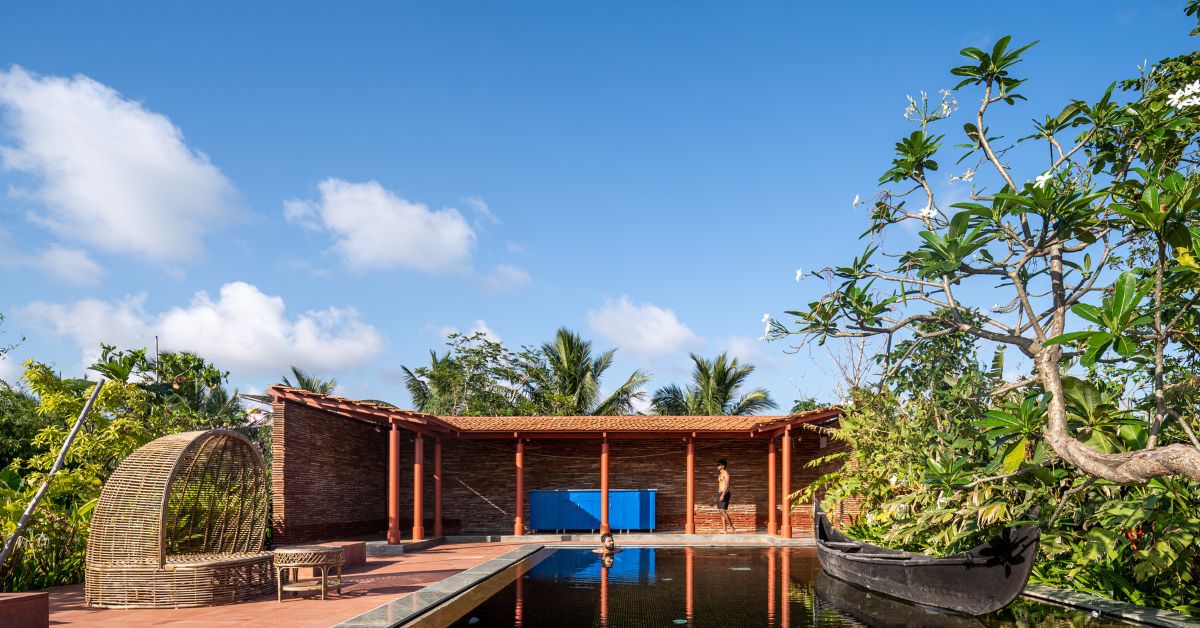
As the weekend approaches, four friends make their way from Chennai to the coastal village of Kuvathur, 80 km from the city. Here, a farmhouse awaits them and their families.
The house in question is hidden from the rest of the world, strategically sandwiched amongst a dense growth of trees. Birdsong and whiffs of the ocean are welcome guests, while the hustle of the city has no place in this part of town.
Ask the friends the reason for this unconventional choice of a weekend getaway, and they say they’d pick it any day over a city resort.
One of them, Shaji Ravi, has an affinity for aesthetic designs. His home ‘Mathilummoottil’ built and conceptualised by RAIN Studio of Design in 2018 is a testament to this. The home boasts an interplay of rustic textures with wood, brass and lime plaster as the main ingredients. So taken up was Ravi with the outcome that he reached out to the architectural firm for yet another dream project soon after.
In June 2021, he along with his friends — all IT professionals from Chennai — hatched a dream to have a sustainable getaway built in Kuvathur.
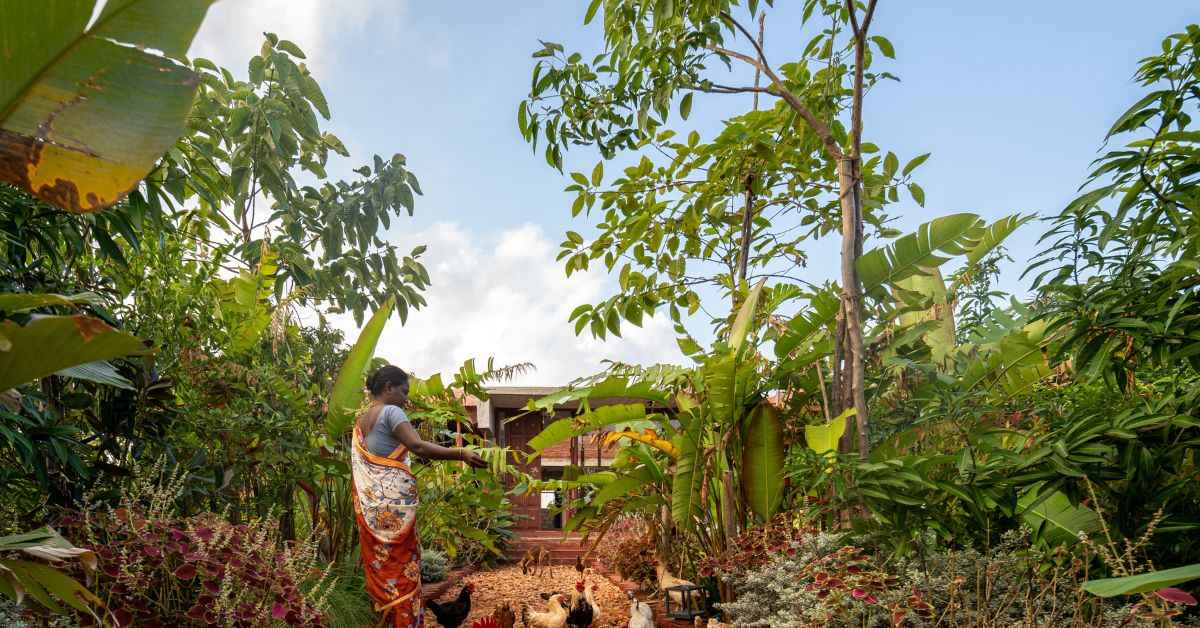
And principal architects of RAIN Studio of Design, Vamsi Krishna M, Sriram Adhitya, and Balashanmugam, were more than ecstatic to try out their sustainable ideas on this large canvas.
Following graduation from the School of Architecture & Planning, Anna University, Chennai, the trio has undertaken a slew of housing projects. Each prides itself on a unique design philosophy — wood and travertine marble structures, geometrical play of materials, etc.
However, sustainability was not the initial idea for the ‘Karai’ weekend home, as Ravi shares. “Coming from an IT background with a busy life in the urban jungle, all we wanted was a traditional calm weekend home with meaning that connects with nature. We did not have any sustainable ideas in mind.”
However, Vamsi and his team took one look at the 21,600 sq ft property and knew it was a work of nature. They were keen that this translates into the final design. Thus began the year-long journey of constructing the sustainable dream in the heart of Kuvathur.
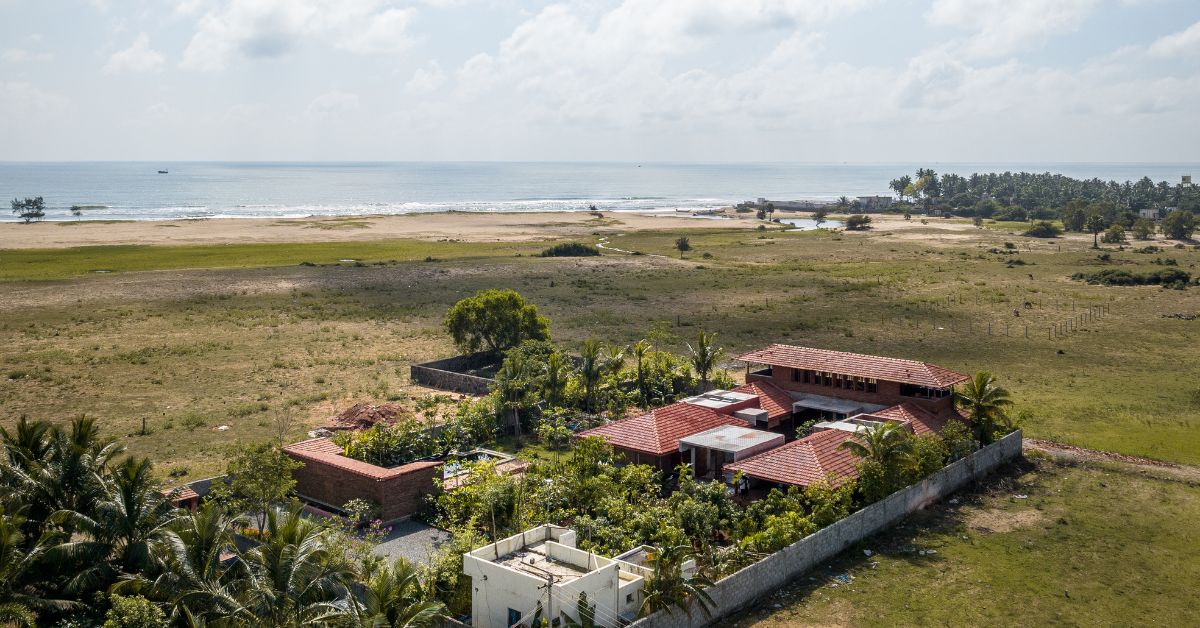
Revisiting one’s roots
Vamsi’s virtual tour of the place gives a glimpse into how natural materials make for excellent choices in architecture. As he says, the home speaks the language of nature. And he isn’t wrong.
The four friends, Shaji Ravi, Sanjeev Britto, Prabhakar Munuswamy, and Madhavan GG, made the brief clear at the onset. “They wanted a simple structure that could accommodate all four families,” notes Vamsi.
The friends were inspired by traditional South Indian homes and were looking for a traditional nalukettu house (a conventional type of architecture found in Kerala, characterised by a rectangular shape composed of four sections joined by an open courtyard and a sloped roof).
“The plan was very straightforward.”

But, as with any project, the design is heavily dependent on the essence of the site where it is built. And, as Vamsi points out, this was no different.
“Regular visits to the location, accompanied by informal conversations with the client played a pivotal role in shaping our creative journey. On our initial visits, we got a sense of the climate of the region. The weather is harsh and humid for most of the year. And so, opting for breathable materials in construction is the best choice. We had to pick materials that age well,” he adds.
Throughout the construction process, the architects tied in their ideas with the clients’ wants of traditional architectural styles. Vamsi shares, “We delved into cultural references that resonated with both the heritage of the region and the aspirations of the present.”
A few instances where this is evident is the interspersion of traditional South Indian motifs and designs spread across the home — the iconic kuthuvelaku (an ornamental brass lamp made of a series of diyas), the intricate ikat patterns, and the timeless vizhaku madam (a traditional wall mount).
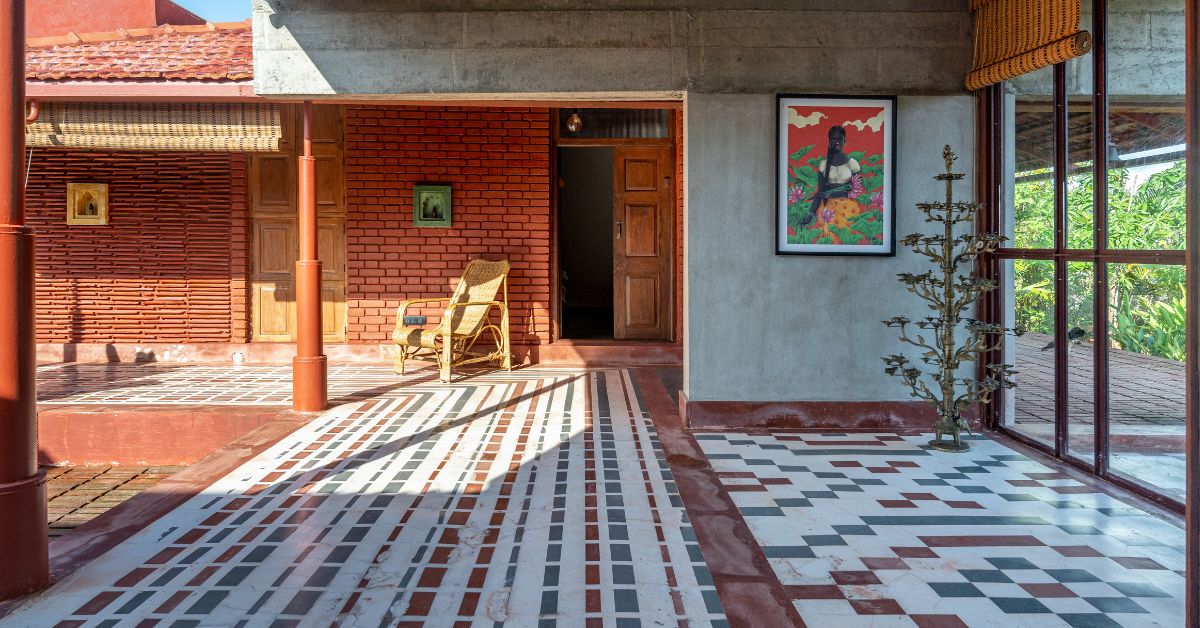
Unconventional sources of beauty
At first glance, the home’s spatial aesthetic is a head-turner. But look again and you will see, the beauty is lent by structures that are made of reclaimed material. While this is the pride of the project, it was also the most challenging part, points out Vamsi.
“We kept upcycling as our core ideology, but there was intense research involved in this. We came up with a lot of iterations and managed to use the reclaimed materials to their highest potential.” He refers to the Mangalore tiles that make up 75 percent of the home.
In addition to this, Vamsi says they found plenty of recycled, reclaimed windows, and doors, ripped off from old traditional houses on the highway. They decided to channel these into the project. “In fact, by repurposing the doors and windows, the wastage in materials and the carbon footprint of making new materials has been cut down.”
As we move along the rooms, there is modernity mixed with tradition. “The resulting design offers a fresh perspective on the cultural legacy embedded in our architectural endeavours,” Vamsi says.
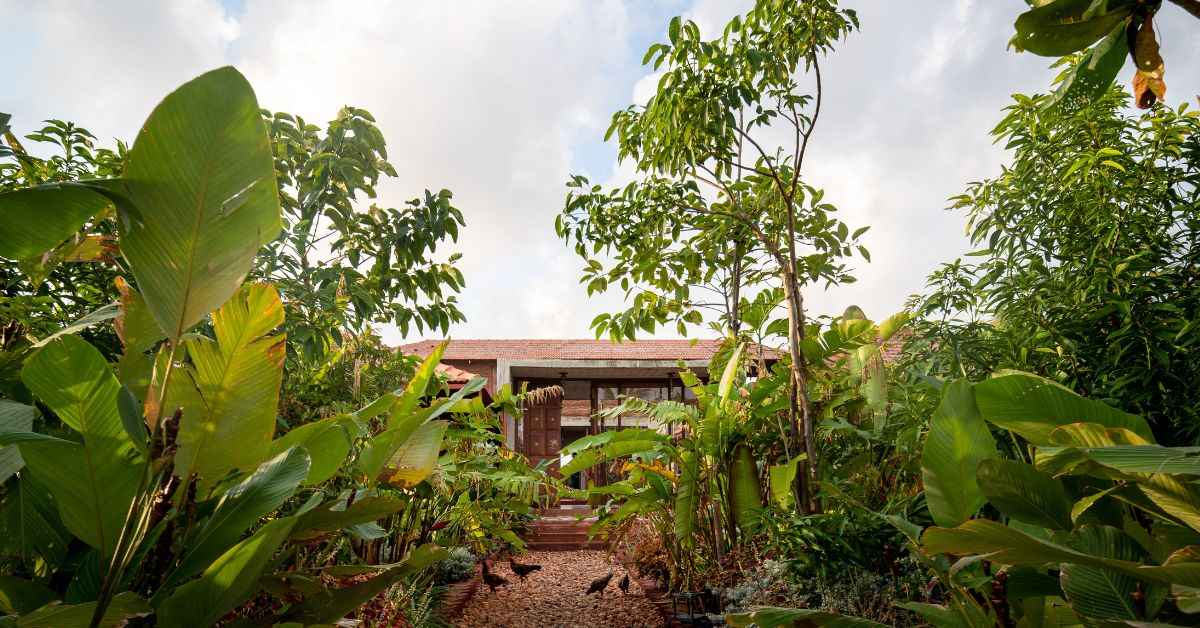
As the friends crave for weekends to jet off to the property, the team of architects is inexplicably proud of their creation.
“This was all barren,” Vamsi shares. But though met with this visual when they first undertook the project, the trio decided to turn it around by bringing in fertile soil from a neighbouring village and laying it on the land. They then proceeded to grow tropical and native trees here covering almost 60 percent of the area.
Needless to say, today they have managed to create a thriving ecosystem.
Vamsi adds, “The excavated soil was reused for plasters and in making the Compressed Stabilised Earth Blocks (CSEB).”
In fact, the mini forest serves more purposes than one. It acts as a cushion for the sprawling four bedrooms with an attached bath and kitchenette setup.
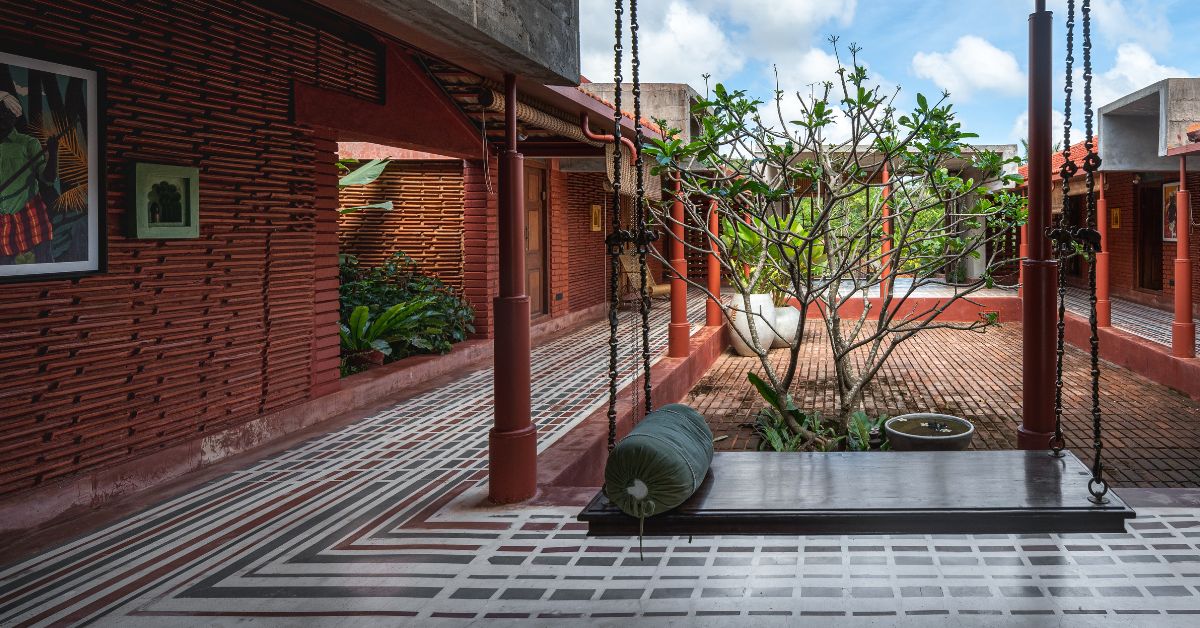
As Vamsi explains, “We wanted the house to be hidden within a dense lush green landscape, so we placed it in the southwest corner of the property and landscaped the entire north side. The rooms and other living spaces such as the dining and kitchen are organised around the linear brick-laid court. The lounge acts like a stage that overlooks the sea and the horizon beyond. Meanwhile, the ‘mutram’ or the court acts as a multifunctional space to rest.”
This strategic positioning also means that 70 percent of the house is open – to sunlight and sea breeze. Aside from these sustainable spatial features, there are also measures for rainwater harvesting on the property. “The sloping roof collects the majority of the rainwater and harvests it in a tank of 30,000 litres,” Vamsi notes.
Conscientiousness towards nature’s resources radiates throughout the property. In every nook and cranny, there is space to breathe and stay still. As evening sets over the property, the friends can be seen relaxing, lazing and enjoying the silence. Shaji Ravi, meanwhile, has a spot he favours above all the rest.
The swing. “It is closer to the courtyard and slightly shaded by the tree, with a beautiful breeze flowing through. It is the most alive space of Karai.” If you found our stories insightful, informative, or even just enjoyable, we invite you to consider making a voluntary payment to support the work we do at The Better India. Your contribution helps us continue producing quality content that educates, inspires, and drives positive change. Choose one of the payment options below for your contribution- By paying for the stories you value, you directly contribute to sustaining our efforts focused on making a difference in the world. Together, let’s ensure that impactful stories continue to be told and shared, enriching lives and communities alike. Thank you for your support. Here are some frequently asked questions you might find helpful to know why you are contributing?


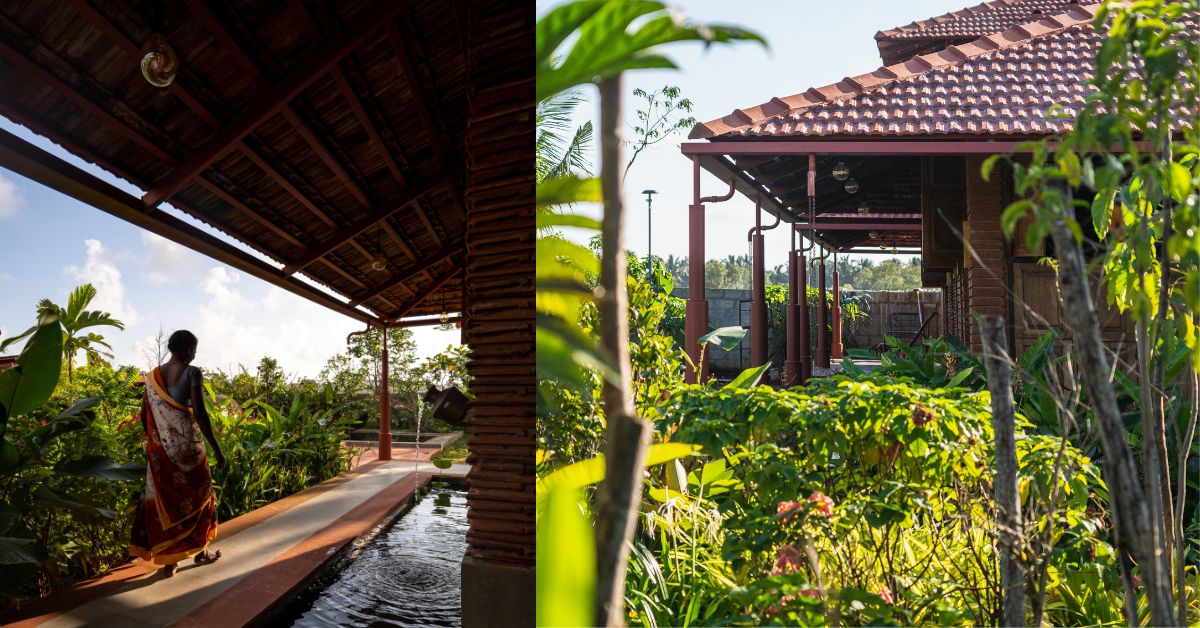

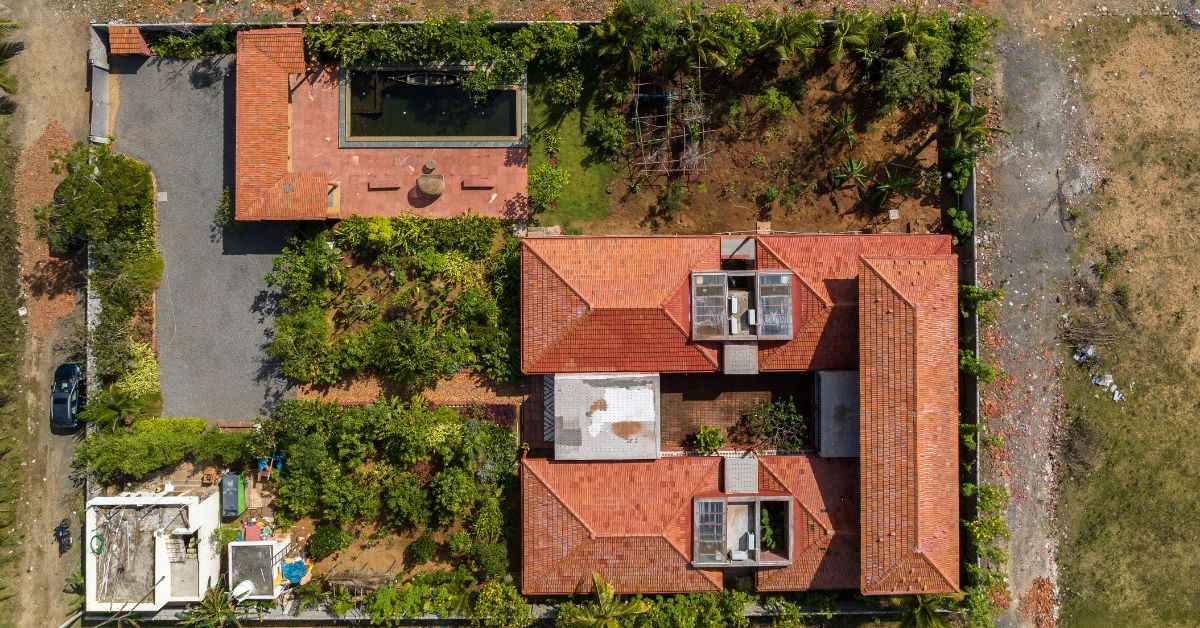
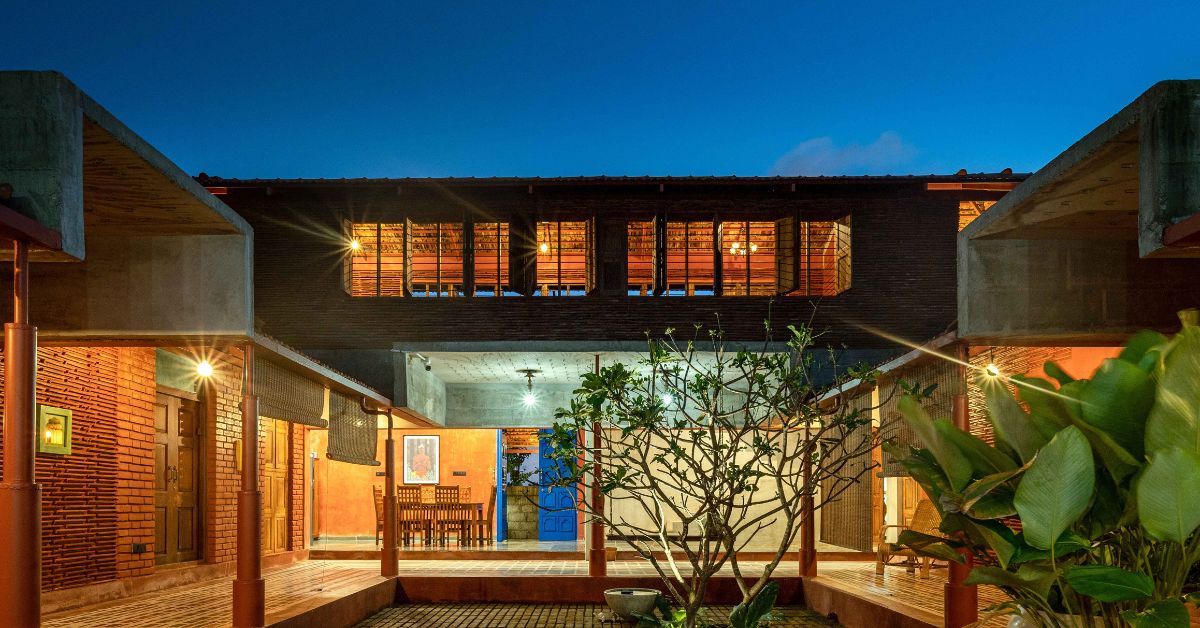
Edited by Padmashree Pande.
This story made me
-
97
-
121
-
89
-
167




